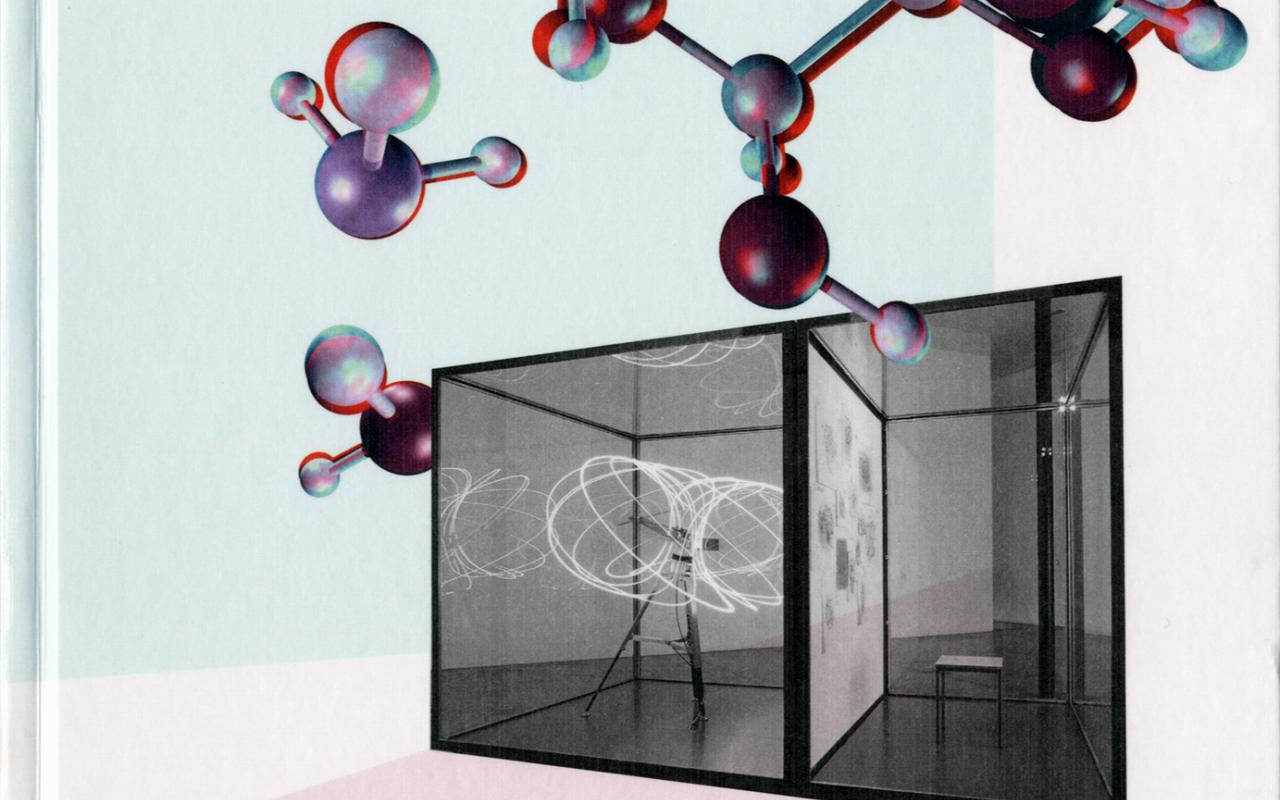Israel Nelken: The Highs and Lows of the Auditory System
- Duration
- 46:33
- Category
- Lecture/Talk
- Date
- 23.11.2012
- Description
Sounds are vibrations in the ambient air, but sounds are also perceptual entities that I will call, for lack of better terminology, auditory objects. The relationships between sounds and the resulting auditory objects are indirect: auditory objects are synthesized in the auditory system through a long and complicated sequence of processes which are only partially understood, which are largely pre-attentive, but which may be experience-dependent. It is natural to assume that once these auditory objects are created, their inter-relationships are processed to uncover the organization of the sound stream. I will show that, surprisingly, the synthesis of auditory objects is to a large extent preceded by pre-attentive processes that organize auditory objects in time, creating complex expectations and detecting their fulfillment or violation. These are universal processes that seem to be present in all vertebrates. Such processes are engaged in humans when listening to music, so that in as much as music is organized sound, brains (including the human brain) extract organization before they construct sounds.
After undergraduate studies of mathematics and physics (B.Sc. 1982, Hebrew University), Prof. Dr. Israel Nelken turned neurobiologist (M.Sc. 1985, Ph.D. 1991, Hebrew University; postdoctoral studies at Johns Hopkins University, Baltimore, MD, USA), specializing in the auditory system. Since 1994 Nelken is on the faculty of the Hebrew University in Jerusalem, Israel (full professor since 2008). He received the Katz prize in 2000 and the Michael Bruno prize in 2008. His research centers on the coding of natural and naturalistic scenes in the central auditory system, using methods that span the range from single-neuron recordings in animal models to recordings of evoked potentials in humans.
